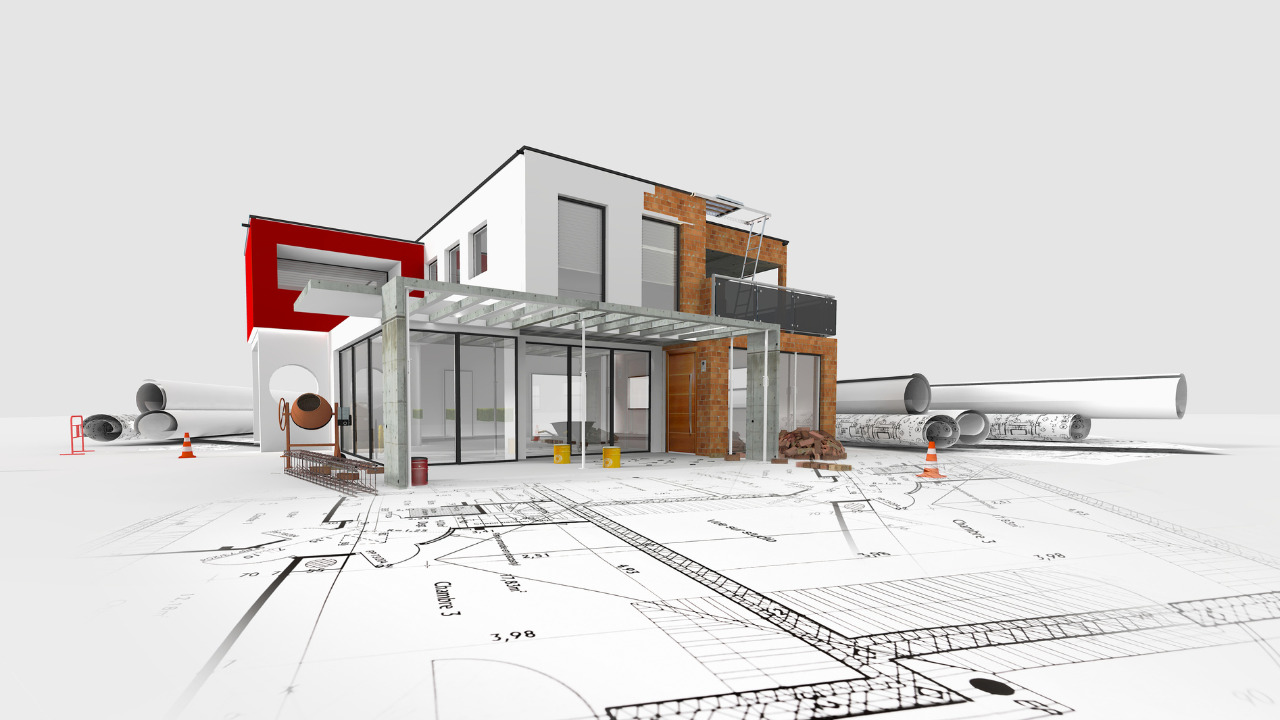Table of Contents
What is Revit?
Revit is software used for building information modeling (BIM), and its official name is Autodesk Revit. It has some AutoCAD features from other Autodesk programs, but Revit focuses on features for engineers, architects, designers, and contractors. Knowing a little about Revit can be good if you work in the construction sector.
This modeling tool benefits engineers, architects, contractors, and more. Read this article to explore Revit’s capabilities and see how to utilize Revit for construction projects.
What is Revit used for in Construction?
Revit manages all data inputs (including CAD) and delivers federated project outputs. Architecture, engineering, and construction (AEC) teams may design high-quality buildings and infrastructure using Revit BIM software.
The following are the uses of Revit:
- Model shapes, systems, and processes in 3D with parametric correctness, precision, and convenience utilizing Revit
- Simplify documentation with real-time updates to plans, elevations, timelines, and segments as projects evolve.
- Empower multidisciplinary teams with specialized instrumentation and a uniform project environment
What are some of the most important features of Revit in the construction industry?
Revit includes a wide variety of functionalities that construction crews can explore. The following is a list of the most widely used tools within this BIM process software:
Data-Rich 3D Modeling
There is much more depth and functionality to 3D models created in Revit than meets the eye. These three-dimensional Revit modeling services perspectives also contribute to functionality. You can view particular measurements, types of connections, types of joints, and more. The workflow and coordination can be improved thanks to these displays.
Premade Construction Models
You can create original models with Revit, but the program also provides certain readymade BIM models and templates that you can use instead. For instance, there are various conventional types of steel connections, and you can select the one that best suits your needs and attach it to a beam. This not only speeds up the modeling process but also assures that you are using effective designs.
Suggestions About Fabrication
You can use Autodesk Revit to view a list of all the necessary fabrication parts for a system, like ductwork, by clicking on the system and then viewing the list. Because of this, placing an order for the necessary materials is both speedy and simple.
Locate the Detection of Clashes
When you have numerous teams working on distinct system designs, having access to this capability is incredibly valuable. The clash detection system can identify when a slab and a steel column have been improperly installed in overlapping areas.
Conceptual Mass Modeling
The total massing of a building’s height, area, weight, volume, and orientation can be discovered using Revit for architects. This is especially helpful for buildings that do not follow a linear pattern and have unique shape 3d modeling services.
Why should we use Revit?
The following are the uses of Revit:
Organize projects more successfully
Reduce production demands by controlling the deliverables and documenting the design with built-in automation.
Bring all of your processes and groups together
Revit allows customers to link interdisciplinary teams and workflows and store, synchronize, and share model-based BIM and CAD data.
Get control over the design information you have
Create your Building Information Modeling process data foundation Revit. Create, plan, and put into practice standards, workflows, and content.
Conclusion
Revit is the most widely used BIM tool in the world. It includes tools for developing a structure that, when made, should look remarkably like the digitization project. It also includes functionality for fostering building review, cooperation, and maintenance during its entire existence.
As a result, Revit has gained traction year after year as building experts recognize its benefits and persuade their companies to adopt it together. Hence, it’s a golden chance for building product producers to go ahead of the competition with Revit content.





